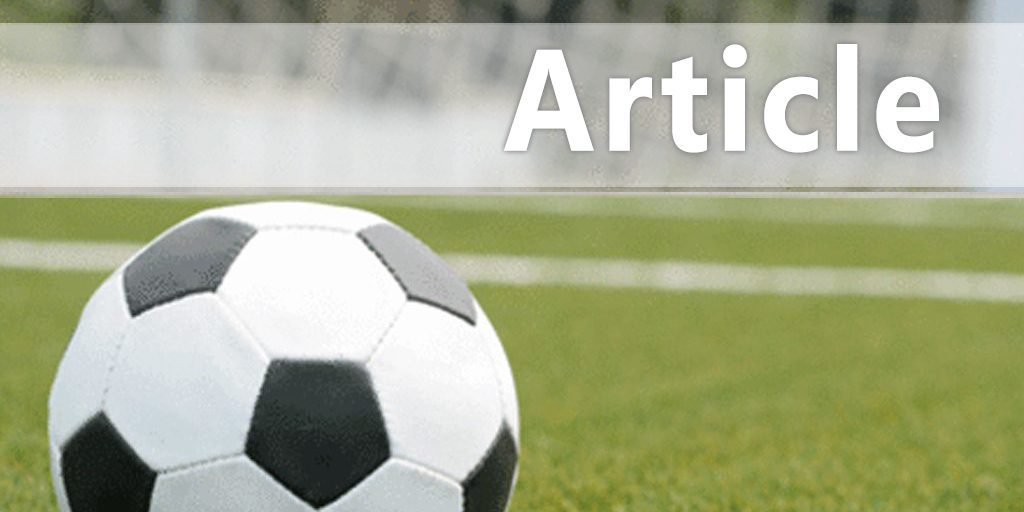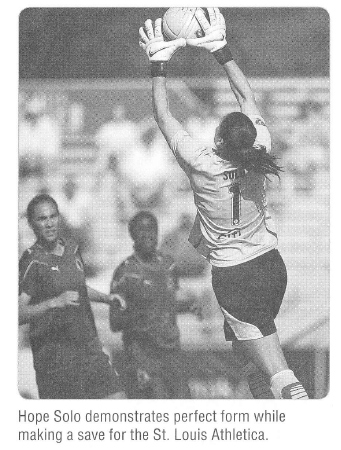| Readying the Hands and Upper Body
A lot of coaches who don't specialize in goalkeeping teach goalkeepers to keep their hands below their waist. With this method, the arms are hanging below the waist, which means that the hands will have to travel a long way for any ball that isn't hit low. The farther the hands have to travel, the less likely they are to get to the ball in time. Therefore, keepers should position their hands and elbows at waist height so that the hands can go down and come up with equal ease. When the keeper is preparing to catch the ball, the elbows should be slightly flexed not to a degree that the hands are out of position but enough so that the arms can move quickly to the ball. If a keeper is dropping balls, then the elbows are probably not bending. A keeper who tries to make a catch with straight arms won't have the "give" that allows a well-struck ball to be grasped firmly. Also, the arms should not be spread too far apart. If a keeper is making a lot of one-handed saves or is tipping or parrying balls rather than making solid contact, the hands are probably not being kept close enough to one another. The hands should always work in pairs. The keeper's body shape should enable him to get his hands together when making a save. Even if the ball cannot be caught, two hands make a larger, stronger barrier than one and will be more effective in blocking or redirecting the ball. The upper body should have a slight forward lean. Reminding keepers to keep the chin over the toes ensures that they lean forward. The upper body must also be relaxed. When preparing for contact, the keeper does not want to be stiff. The muscles will not react quickly enough if the keeper is rigid. The head should be still, and the eyes, of course, must be focused on the ball. The eyes catch the ball! Meeting the ball with the hands requires tracking the entire path of the shot with the eyes. Taking your eyes off the ball for just a split second can result in a goal because the course of the ball's flight reveals where the ball will arrive. Keepers who don't follow the ball all the way into their hands are the ones who get beat by shots they should have saved.
|
|
|








